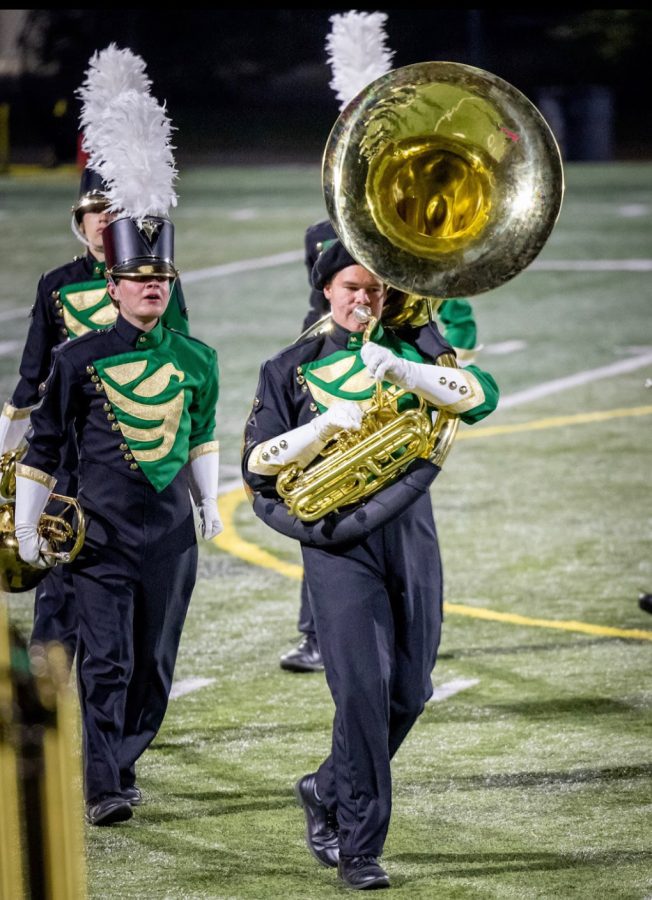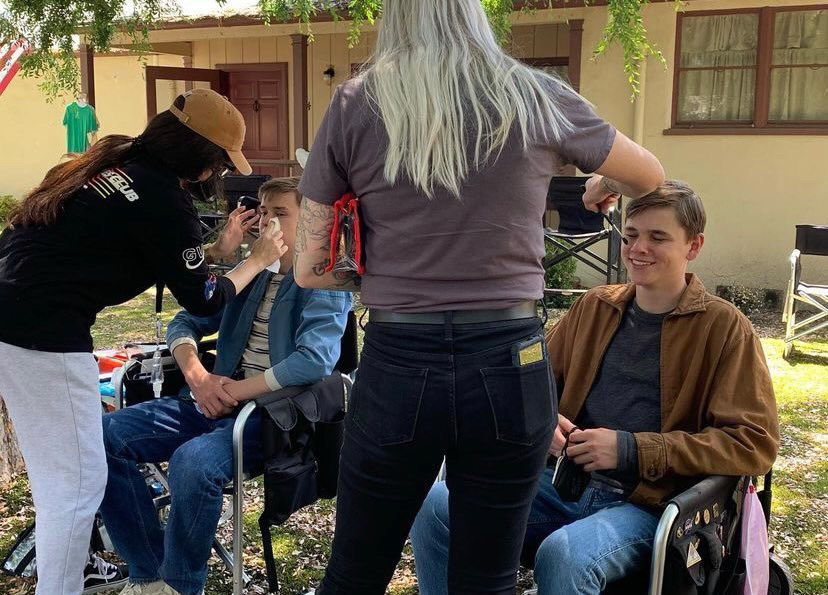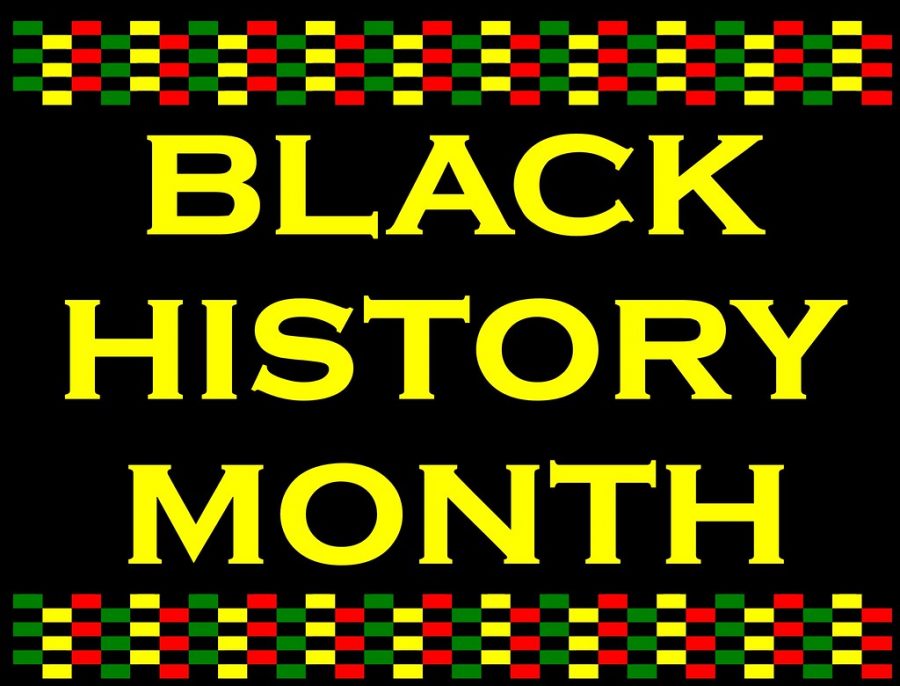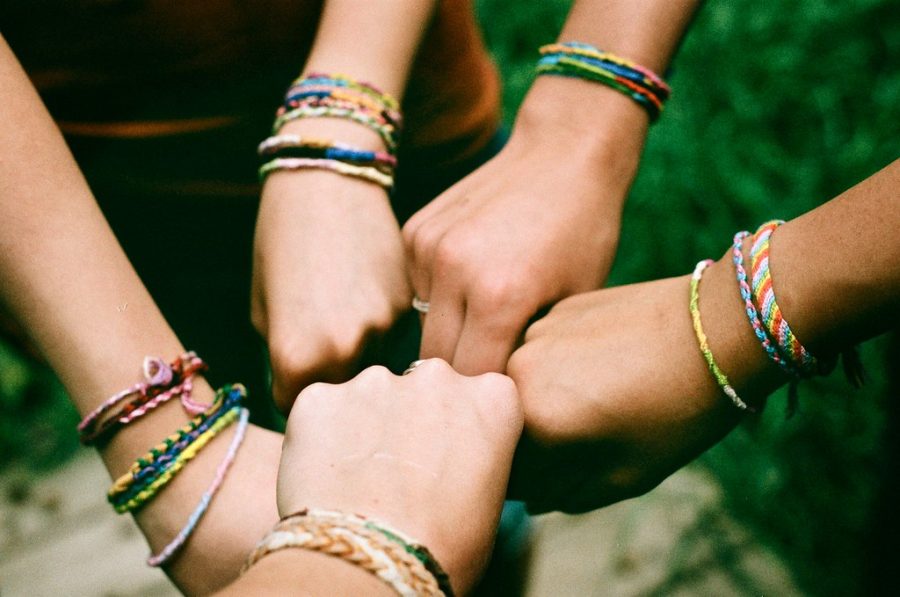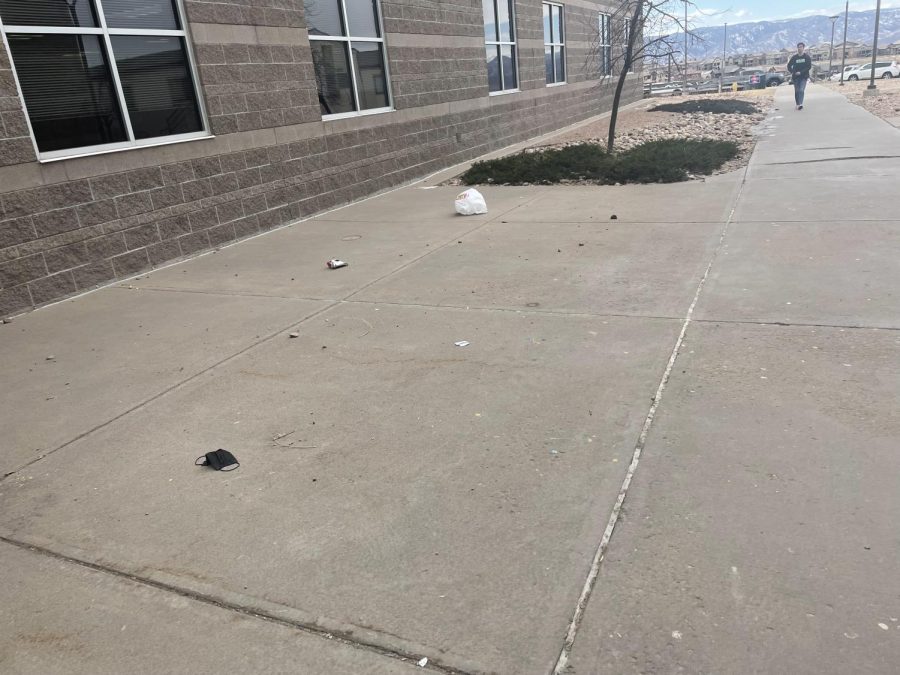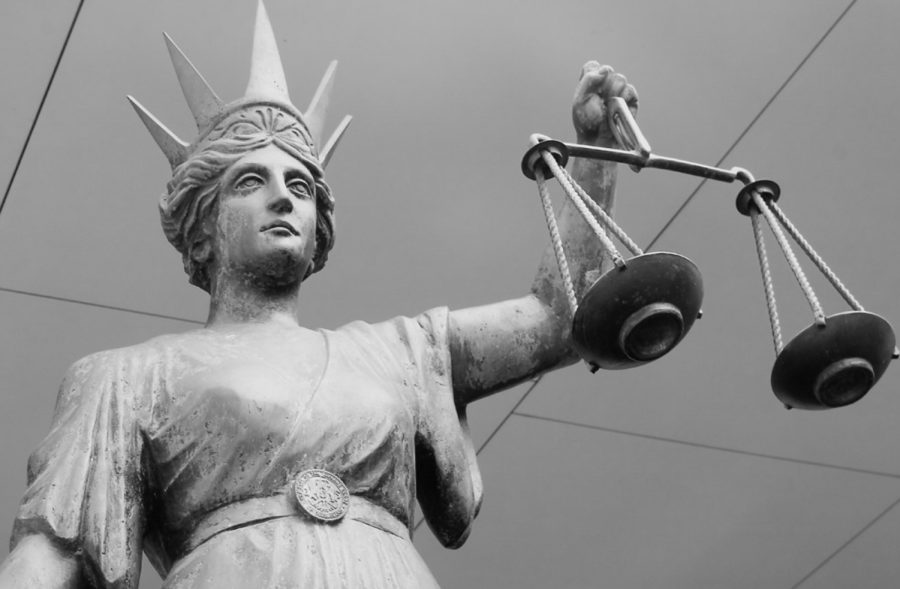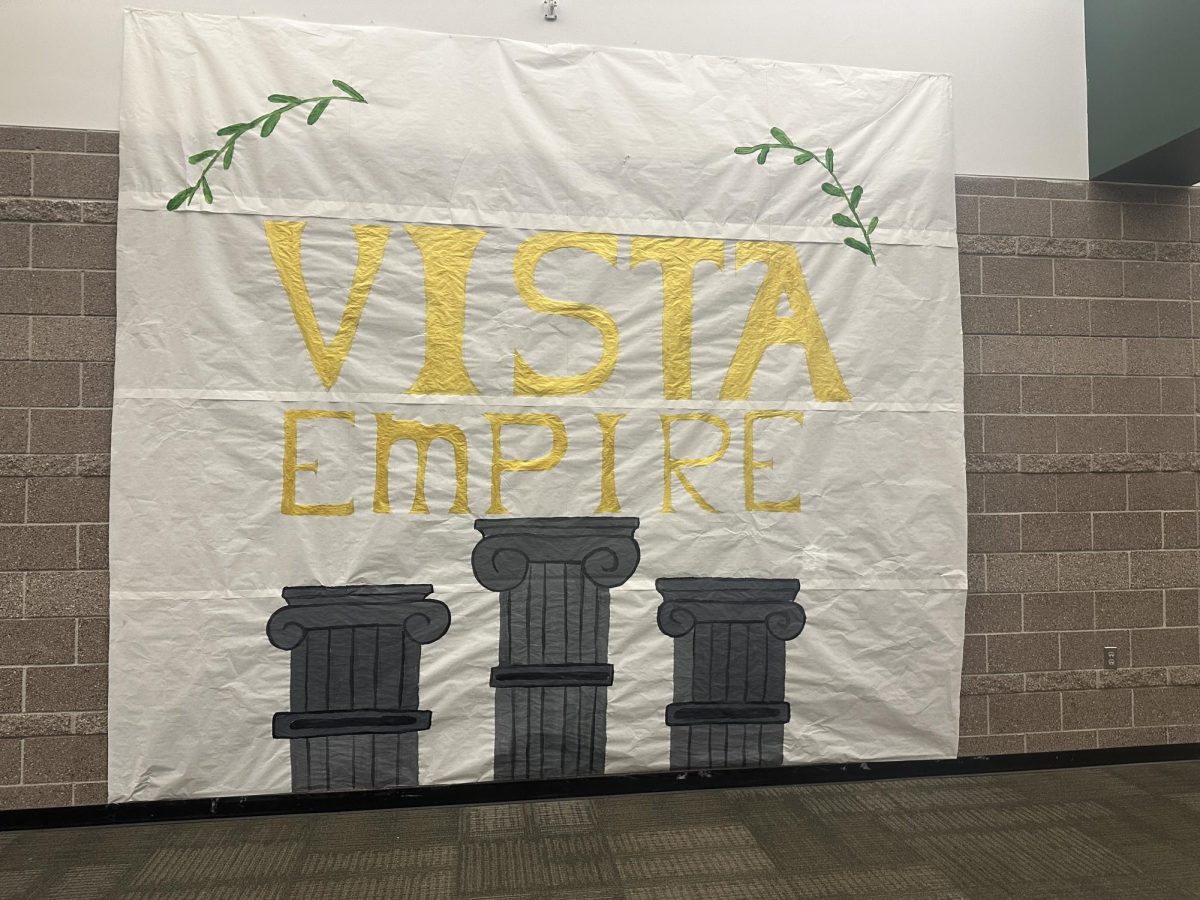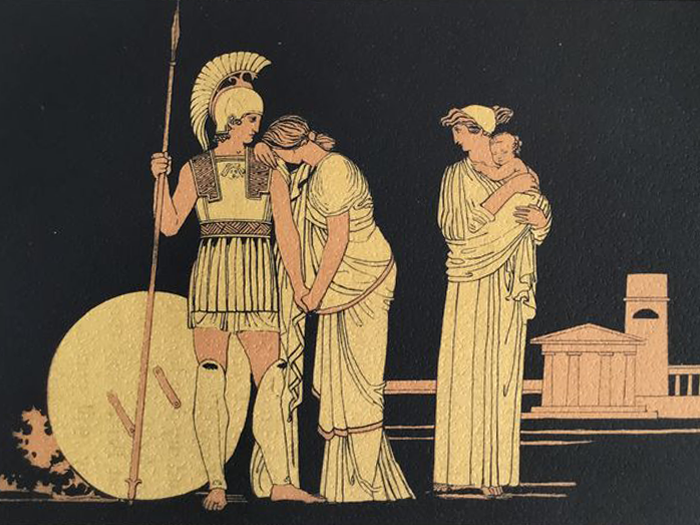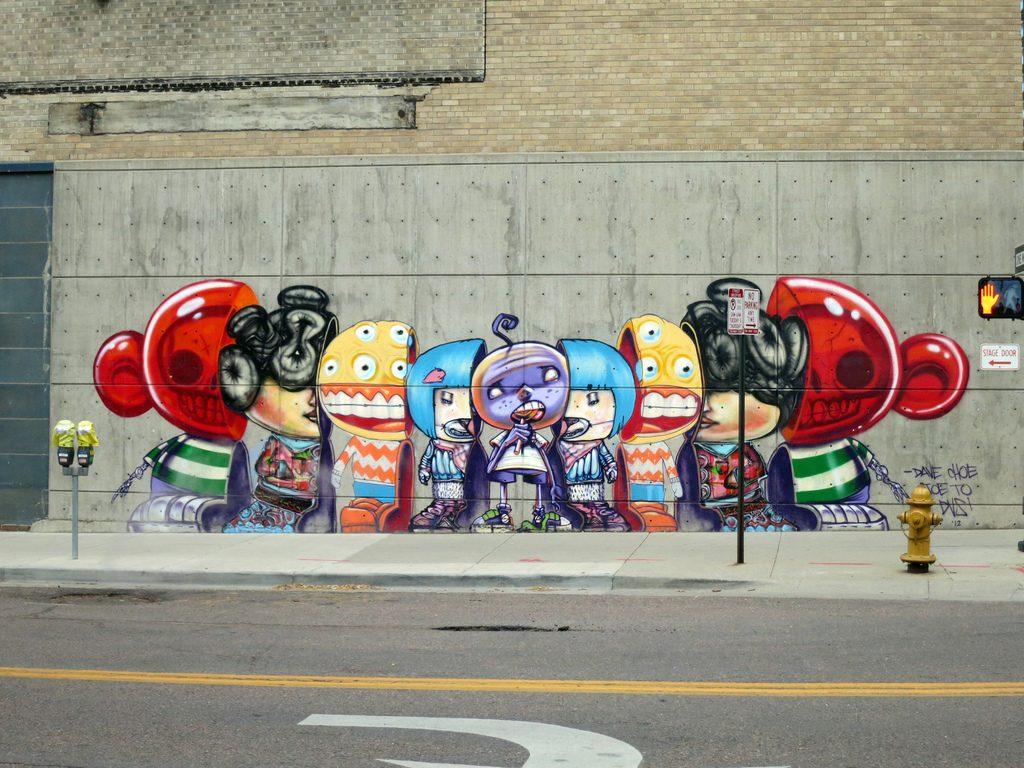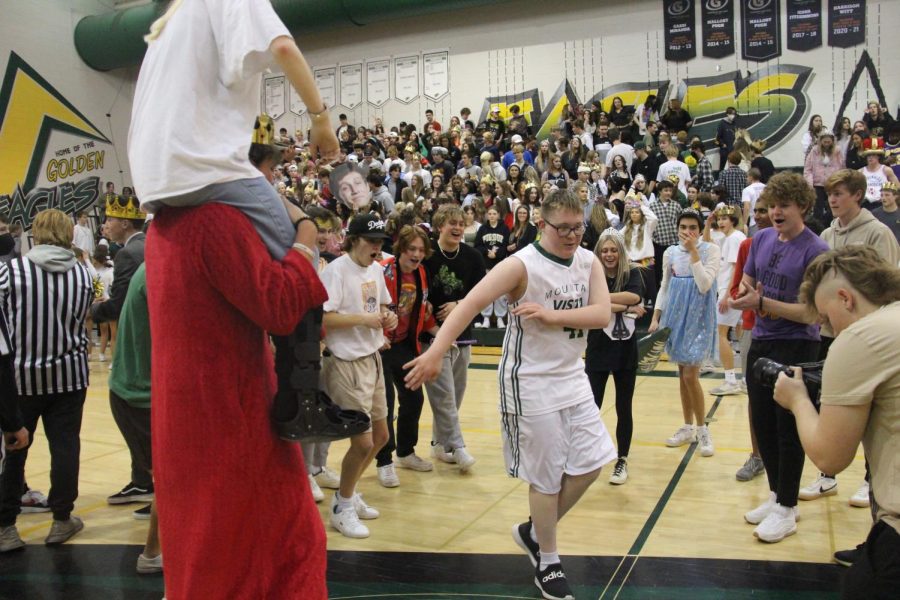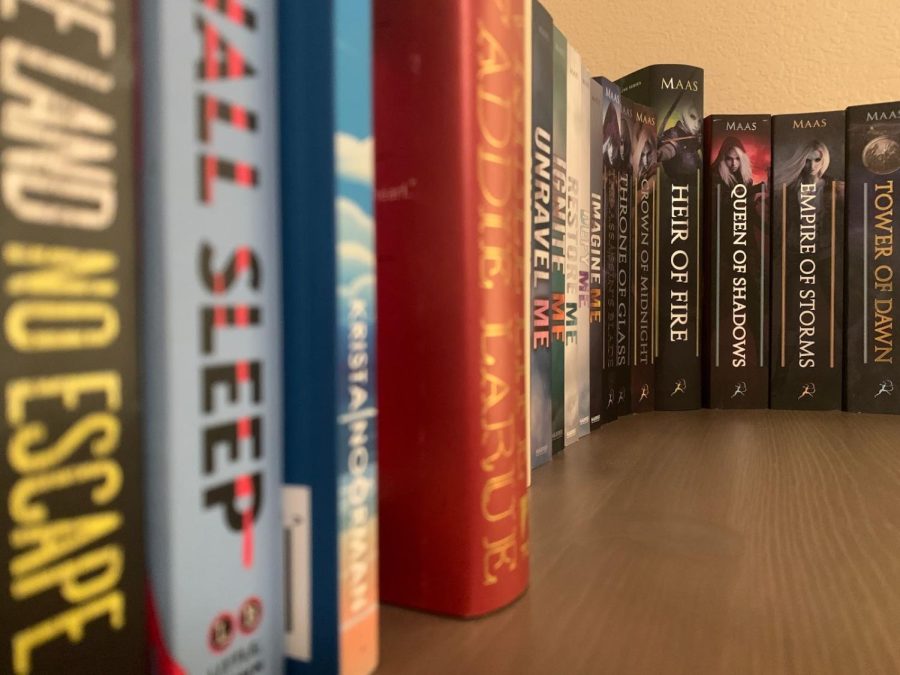Ever since the invention of the spray can, graffiti has become an important and influential part of society in which has created multiple problems. Since its first use in 1967, graffiti has broken through the barriers of art and modern art thus generating its own genre titled Street Art. Now, whether people choose to accept graffiti as a form of art is a completely different story.
As of Feb.10 2015 graffiti remains illegal in the state of Colo. as well as most of the United States. According to the Colorado Mischief Law, “Defacing property (including graffiti) or damaging are not qualified under criminal mischief. Charges for graffiti normally fall under a Class 2 misdemeanor. Class 2 misdemeanors are punishable by 3 months to a year in jail and fines from $250 to a thousand dollars depending on how severe the crime is.” Meaning, graffiti is punishable by law and is still considered a crime.
“In most American cities, this type of art is still considered vandalism so the same laws and consequences apply. Usually the defining factor on whether or not graffiti art is considered legal is based on permission,” Curator of the New York Museum, Greg Eickmier said. While Eickmier has a valid point, graffiti isn’t always used to deface the front or sides of old worn down buildings therefor, is graffiti really vandalism?
Vandalism is defined as an action involving deliberate destruction of or damage to public or private property. While graffiti can be used to deface the front of a building, it also can be used responsibly with permission to create something beneficial; like art awareness.
“The world of graffiti is changing. The vandals of the past, slathering the walls of public buildings with crude slogans and other graffiti have given way to a new group of people who have begun to identify themselves as an artist of a newly developing artistic style; street art,” Artist Rachel Zavakos said.
This newly developing style of art allows various kinds of artists to express themselves in a different ways; while also allowing them to meet people with the same passion and interests.
Many people argue that graffiti has a negative effect on society and contributes nothing to the city by further degrading it. Looking at Downtown Denver as an example, there are various old, abandoned buildings that remain visible while driving through the city. When someone decides to spray paint on the side of a building, they’re contributing to the overall landscape of the city.
Yes, people might not like the fact that this new found art has made it to their streets however, they’re also many people who support it and welcome it to their city.
“Graffiti is a part of life and gives the city its own urban originality and flare. Graffiti in various forms has become a perennial feature of life at the edges of the contemporary city,” Author of Graffiti or Street Art, Cameron McAuliffe said.
Graffiti also obtains significant cultural value.
“It’s a little surprising in this day and age, in this city, that the property owner there didn’t recognise the cultural value – that kind of implies economic value – in something as famous and hip as 5Pointz. Despite its bad rap as a sign of disorder – and criminal status – graffiti has become more than just a public nuisance. In some cases, it can be a positive economic force for a city.” Co.Design sociologist Gordon Douglas said.
The fact that Graffiti is considered a law should most definitely be revised.
“Graffiti is the eternal poetry written in the heart of everyone,” Artist Lawrence Ferlinghetti said.
Everyone can relate to graffiti and for that reason, everyone has a little secret passion for it. Thus, next time you see graffiti take a minute to look and figure out the purpose of it, the message behind it and realize that maybe it isn’t as bad as you think.











